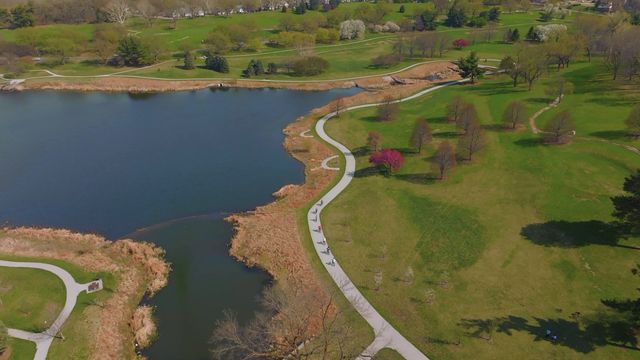Embracing the opportunity
Any time regulators require a community to rid a system of problems so many years in the making – at a price that stakeholders in a financially challenged place hadn’t yet envisioned paying – it can be a bitter pill to swallow.
But as Memphis’ public works director, Robert Knecht sees the decree as simply a blessing. And an opportunity, pointing to the master plan the city now has for the sewer system being modernized largely through rate revenues, complemented by bonds and loans.
Before launching into the program, Knecht admits, “we were struggling” to manage the wastewater system in a holistic way, which helped explain the system failures manifested by overflows. To Knecht, it was a Band-aid approach to issues with a system that had exceeded its life expectancy.
The decree, he said, “forced us to take a very hard look” at all of that.
“None of this would have happened if we hadn’t embarked on this consent decree program so we could be more strategic, more creative, more cost-efficient and cost-effective,” he added. “It also makes you look at that dynamic, comprehensive nature of your system. You’re looking at its future so you’re not chasing your tail, you’re not making these reactive decisions. The goal of being ultimately as proactive as possible is invaluable. I mean, that’s huge.”
Codeword: thoroughness
Under the aggressive, ambitious program, no stone has gone unturned.
The curious sight of smoke has been spotted here and there seeping from random streets and lawns – a tool used by crews to pinpoint cracked conduits. Closed-circuit television cameras have been threaded throughout the subterranean labyrinth of pipes, sleuthing out defects that then are logged and prioritized for repair. Everything gets digitally mapped, giving the system’s overseers an intricate, instant blueprint – accessible with a few clicks of smart phones or electronic tablets – of all assets, including such details as when a pipe was last inspected.
A lot of the work, including scouring all sewers to rid them of troublesome buildup, has gone well beyond the decree’s mandates.










